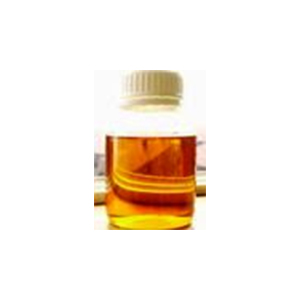
Oil of clove, also known as clove oil, is an essential oil extracted from the clove plant, Syzygium aromaticum.
Clove Oil is the volatile oil distilled with steam from the dried flower buds of Syzygium aromaticum (L.) Merr. and L. M. Perry (Fam. Myrtaceae). It contains not less than 85.0 percent (v/v) of total phenolic substances, chiefly eugenol (C10H12O2).
Solubility in 70 percent alcohol: One volume dissolves in 2 volumes of 70 percent alcohol.
Specific gravity: between 1.038 and 1.060.
Angular rotation: It is optically inactive or slightly levorotatory; and the angular rotation is not greater than –1.5.
Refractive index: between 1.527 and 1.535 at 20 .
Heavy metals: 0.004%.
Limit of phenol: Shake 1 mL of Oil with 20 mL of hot water: the water shows not more than a scarcely perceptible acid reaction with blue litmus paper. Cool the mixture, pass the water layer through a wetted filter, and treat the clear filtrate with 1 drop of ferric chloride: the mixture exhibits only a transient, grayish green color, but not a blue or violet color.
Assay: Pipet 10 mL of Oil into a suitable cassia flask, the neck of which is graduated from 0 mL to 6 mL at intervals of 0.1 mL. Add 75 mL of 1 N potassium hydroxide, shake the mixture for 5 minutes, and heat for 10 minutes in boiling water, shaking the flask at least 3 times during the heating. Remove the flask from the bath, and cool to room temperature. When the liquids have separated completely, add sufficient 1 N potassium hydroxide to raise the lower level of the oily layer within the graduated portion of the neck. After standing for 18 hours, the volume of the oily layer does not exceed 1.5 mL, indicating the presence in the Oil of not less than 85.0%, by volume, of total phenolic substances.
DESCRIPTION
Clove Oil occurs as a colorless or pale yellow liquid with a sharp, spicy odor and taste. It is the volatile oil obtained by steam distillation from the dried flowerbuds of Eugenia caryophyllata Thunberg (Eugenia aromatica L. Baill.) (Fam. Myrtaceae). It darkens and thickens upon aging or exposure to air.
Function: Flavoring agent.